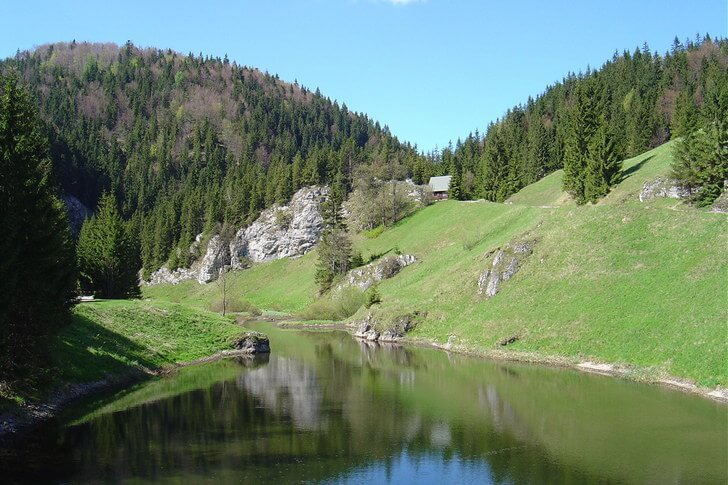Kosice is an old town. Unlike his peers, he managed to preserve his history not only in chronicles, but also in reality. Wars, geopolitical changes and even epidemics could not erase his legacy from the face of the Earth. A large number of Kosice sights are located around the Main Street. First of all, these are architectural objects. With some changes, the buildings of the XIII-XVII centuries have survived to this day.
If you move a little away from Kosice, then tourists will discover the other side of the area - natural beauties. For example, the Slovak Paradise is one of the most interesting national parks in the country. Its Dobshinsky ice cave is included in the UNESCO World Heritage List. There are about 350 more caves, waterfalls, canyons and hills in the area. And, no less important, the opportunity for their comfortable inspection.
What to see and where to go in Kosice?
The most interesting and beautiful places for walking. Photos and a short description.
- The main street
- Cathedral of Saint Elizabeth of Hungary
- Church of St. Michael the Archangel
- Saint Urban's Tower
- Plague column
- Kosice State Theater
- Singing Fountain
- East Slovak Museum
- Eastern Slovak Gallery
- Slovak Technical Museum
- Miklushov Prison
- Yakabov Palace
- Old town hall
- Monument Coat of arms of Kosice
- Kosice Zoo
- Botanical Garden
- City Park
- Castle Spissky Castle
- Yasovska cave
- Slovak paradise
the main street
In the south and north it adjoins the squares of the Liberators and the Peace Marathon, respectively. The main city attractions are concentrated here. There are three parks with fountains. Most of the street is a pedestrian zone. The total number of architectural monuments exceeds a hundred. They belong to different periods of development, inside the buildings you can even see traces of the medieval heritage.

Cathedral of Saint Elizabeth of Hungary
The largest Gothic church in Slovakia. Construction was carried out for more than a hundred years and was completed in 1508. Tourists have access to the bell tower. From a height of 59 meters offers a breathtaking view of the city. One of the main values is an altar dated 1477. It is decorated with paintings depicting 48 scenes. The area of the cathedral includes the tower of St. Urban and the church of St. Michael the Archangel.
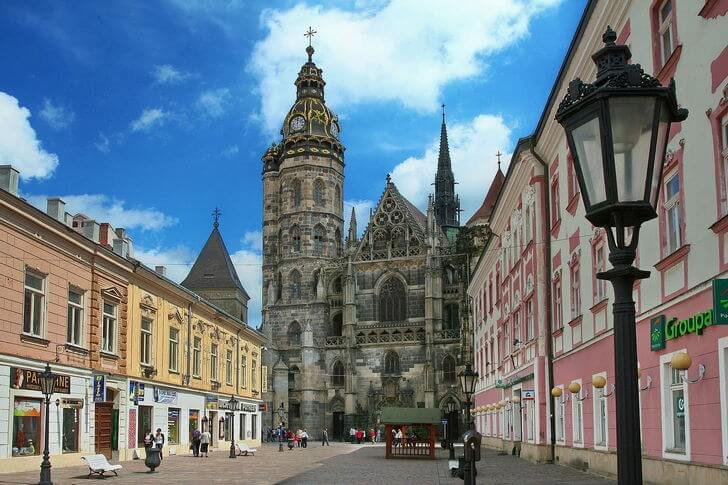
Church of St. Michael the Archangel
It was erected as a chapel in the XIV century and belonged to the Dome Cathedral. There used to be a cemetery nearby. It was closed several centuries ago, and the area around was transformed into a park. It is believed that it has not changed since the XVIII century. In 2006, the current status of the church was received. Then there was the renovation. According to its results, the authors of the project received a prize for the best restored building of the year.

Saint Urban's Tower
It forms a single architectural composition together with the Church of St. Michael the Archangel and the Cathedral of St. Helena of Hungary. The complex is recognized as a historical monument. Construction was carried out at the turn of the XIV-XV centuries. Initially, the tower served as a bell tower. One of the bells was restored after a fire and installed in front of the entrance. Now the tower houses the exposition of the wax museum.

plague column
An unusual monument was erected in 1723 at the place where executions were carried out in the past. It is dedicated to the victims of the plague. S. Grimming and L. Tornissi were responsible for the project. The composition consists of many elements and is full of symbolism. It is crowned with a sculpture of the Virgin Mary. The height reaches 14 meters. During the war, the column was damaged, the restoration dragged on for several decades and took place in two stages.
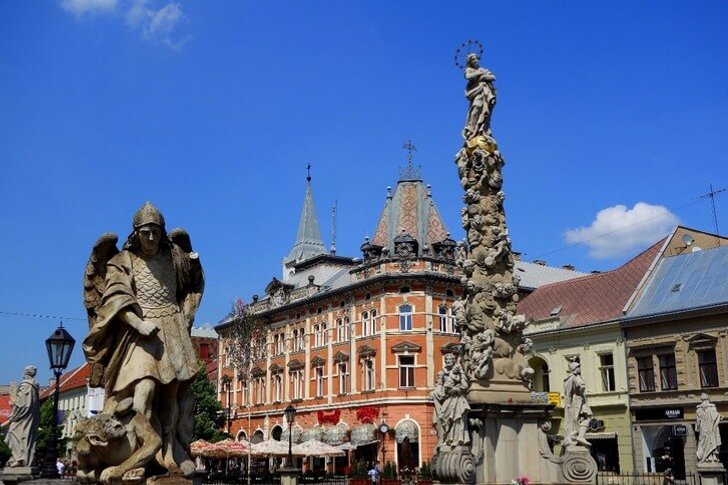
Kosice State Theater
The main building was built in neo-baroque style at the end of the century before last. The facade is decorated with sculptures on the theatrical theme. Nearby is the Small Hall, made in the Art Nouveau style. The first performances were presented to the public in 1899. They were staged in Hungarian. Now the theater's repertoire includes not only dramatic plays, but also ballets, operas and operettas. There is a "Singing Fountain" in front of the entrance.

"Singing Fountain"
The oldest building of its kind in the former Czechoslovakia. The history of the fountain is directly connected with the Russian city of Vladimir. It was there that a patent was obtained for the creation of this attraction. And already in 1986, the fountain took its place near the entrance to the building of the Kosice State Theater. In the 90s, the design was updated, adding more features, including modern lighting.

East Slovak Museum
The oldest museum in the country opened its doors to visitors in 1872. The collection occupies an impressive area in a building built at the beginning of the last century. The facade is decorated with images of the heroes of myths. The exposition tells about the history of the region from the Stone Age to the Middle Ages. The most curious exhibit is a gold bar weighing 11 kg - the so-called "gold reserve of Kosice".
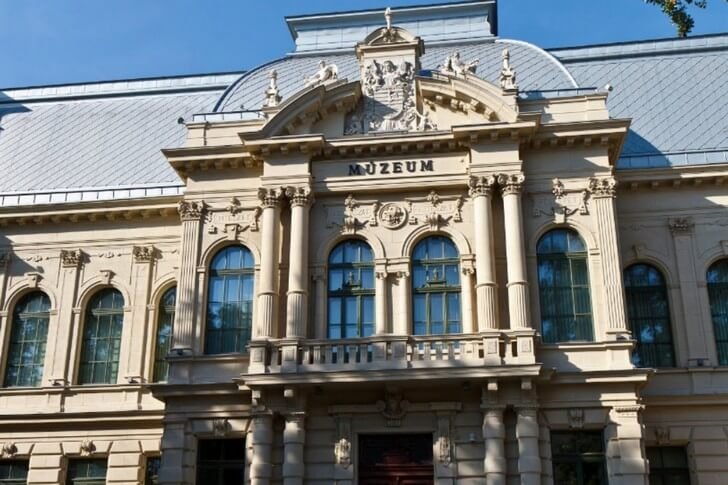
Eastern Slovak Gallery
Founded in 1951. The building where the gallery is located was built in the 18th century. His initial style is baroque. However, about a century later, during the reconstruction, the appearance changed a lot. There are currently three main exhibitions: painting of the 19th century in Eastern Slovakia, Slovak graphics of the 20th century and art of the 20th century in Eastern Slovakia. Temporary exhibitions are held regularly.

Slovak Technical Museum
Started working in 1947. The funds amount to 14 thousand storage units and began to be collected 4 years before the opening of the museum. The exposition tells about the development of science and technology in the country. It affects several areas and disciplines, including cinema, astronomy, pottery. The museum building is connected with the story of Beata Laska, the first tourist in the world who went hiking in the Tatras.

Miklushov Prison
The two Gothic style houses were built in the 15th century. Later they were united into one and a pottery workshop was opened here. In the 17th century, after a new restructuring, prisoners began to be kept in houses. In addition to the cells and premises for the guard, there was a torture room inside. After the reconstruction of Miklushov, the prison entered the museum complex. The main themes of the exposition are justice and criminal law of the Middle Ages.
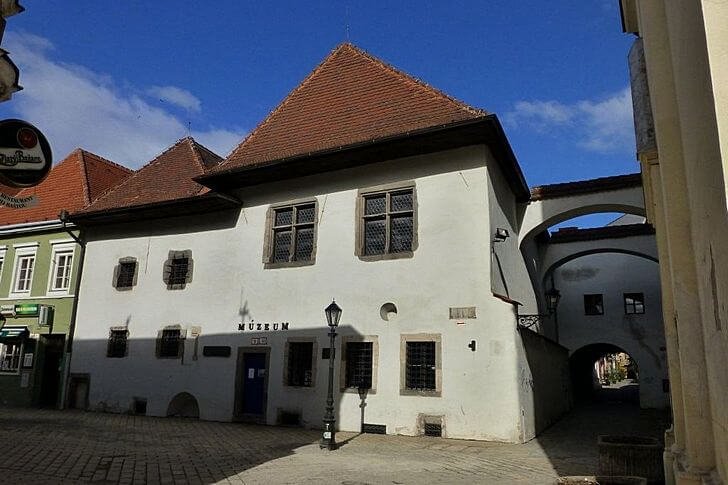
Yakabov Palace
The majestic building appeared on the streets of Kosice in 1899. Initially, it stood by a stream, but now a modern highway passes nearby. The palace managed to be a family nest, headquarters and embassy. Now its halls host official events. Since the palace was nationalized after the war, the former owners believe that the property was taken illegally. Courts and disputes about the right to a landmark are still going on.

old town hall
It acquired its current appearance at the turn of the 70-80s of the 18th century. Previously, two buildings stood in the same place, built several centuries ago and combined into one. The facade is decorated with stucco and statues of antique characters. A memorial plaque was installed on the town hall: Kutuzov came here for several days. Now the premises are given over to the information center, and are also used for presentations and social events.
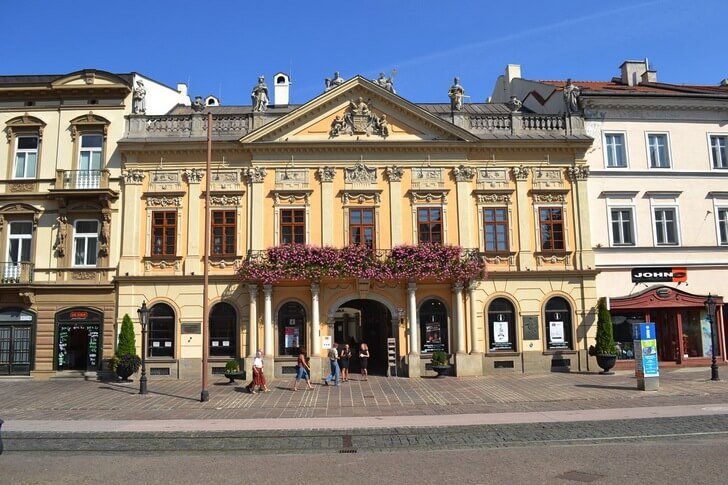
Monument "Coat of arms of Kosice"
Since Kosice is the first city in Europe to receive its own coat of arms, this fact could not be ignored. In 1369, Louis I granted the coat of arms to the locals. The memorable event was immortalized in 2002, when a monument was erected in the park. It is a sculpture of an angel with outstretched wings. On the shield that he holds, the coat of arms is depicted. The total height together with the pedestal is more than 4.5 meters.
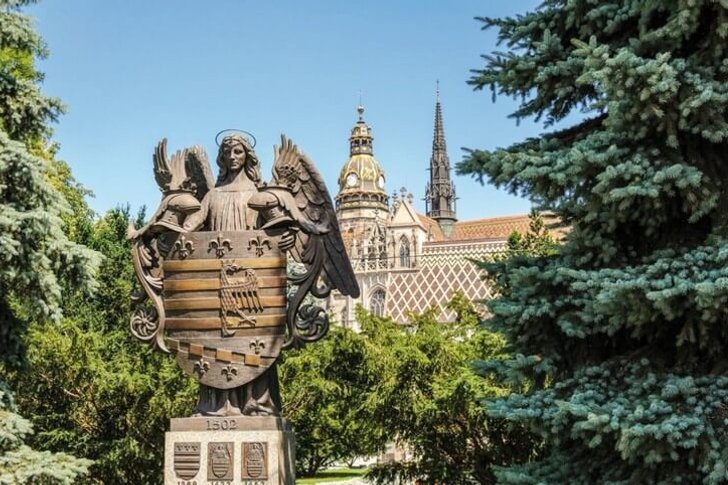
Kosice Zoo
In terms of size, it is one of the three zoos of the Old World. Exists since 1979. Initially, the zoo was not planned to be big. It was supposed to become a home for Central European animals. But gradually the diversity increased: 1200 inhabitants belonging to 140 different species at the moment. The area of the zoo is more than 288 hectares. At the same time, no more than a third of the territory is available to visitors.

Botanical Garden
The largest botanical garden in the country. The area is approximately 30 hectares. The total number of plant species is about 4 thousand. Visitors began to be allowed into the territory in 1950. Interesting collections include cacti, orchids and carnivorous plants. Exhibitions and festivals are regularly held, where they are shown in all their glory. In addition to educational work, employees are engaged in research here.

City Park
In the past centuries there were gardens on the site of the park. They changed depending on the owners. For a short time there was a balneological resort. Subsequently, separate baths, sports grounds were built, and the infrastructure necessary for recreation was installed. There are several monuments in the park. In addition, the water complex, equipped with a 50-meter pool, deserves attention.
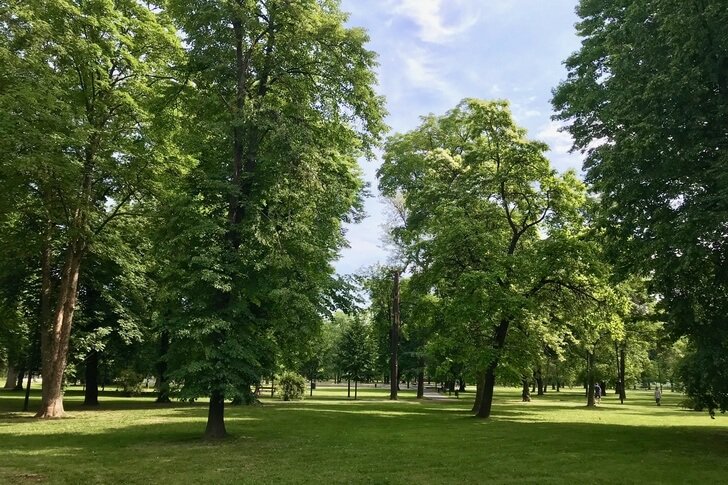
Castle Spissky Castle
Located outside of Kosice. Since it is one of the most popular tourist sites in the country, excursions are carried here regularly from different cities. The fortress was built in the XII century. The area of the territory is about 4 hectares. Only part of it is open to the public. The castle houses a museum of medieval weapons and armor. Since 1996, the attraction has been included in the UNESCO World Heritage List.

Yasovska cave
It is located within the Slovak Karst National Park. The first cave in the country, where tourists began to be allowed on an ongoing basis. Visitors have access to 720 meters out of a total length of 2811 meters. Internal objects are remarkable for several reasons: limestone layers give rise to bizarre shapes, halls have several levels, underground waterfalls are found. 19 species of bats live here.
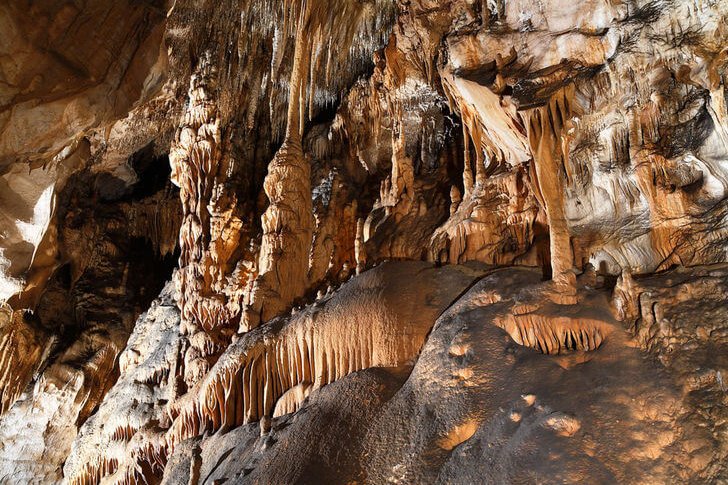
Slovak paradise
The national park was founded in 1988. The name was received in honor of the mountain range, which is being preserved here. The area is a little less than 200 km². On the territory there are various natural attractions. For example, the 70-meter waterfall Zavoyovi, Khavranya-Skala, whose height is 1152 meters, the Dobshinsky ice cave. There are 300 km of trails for hiking in the park.
